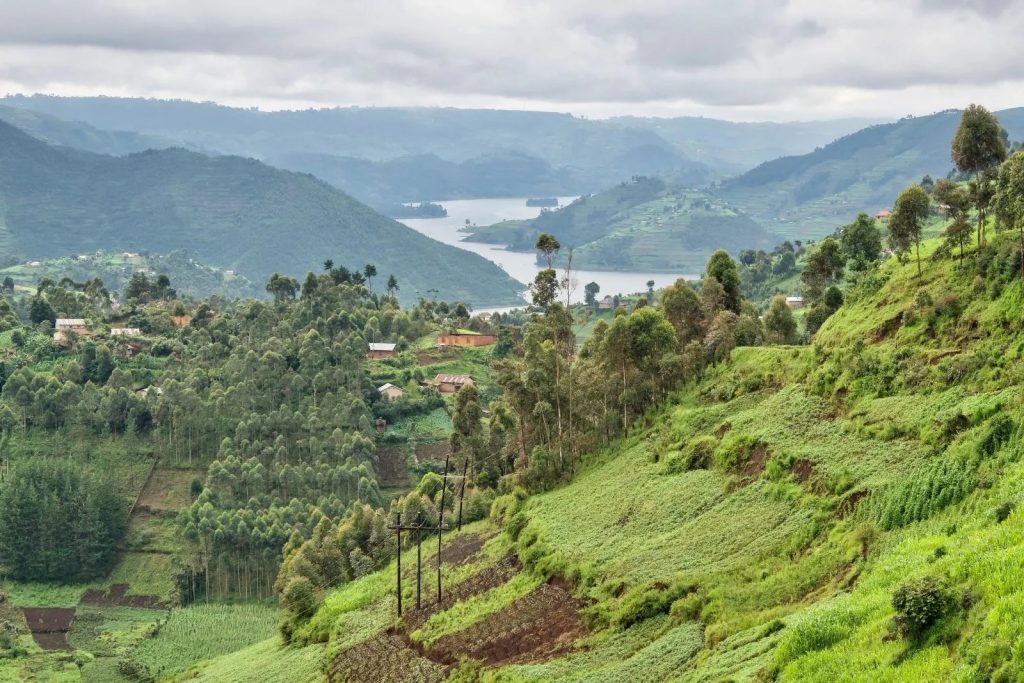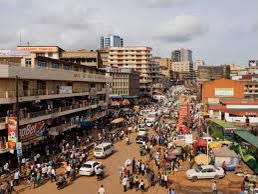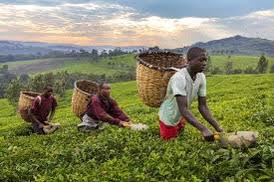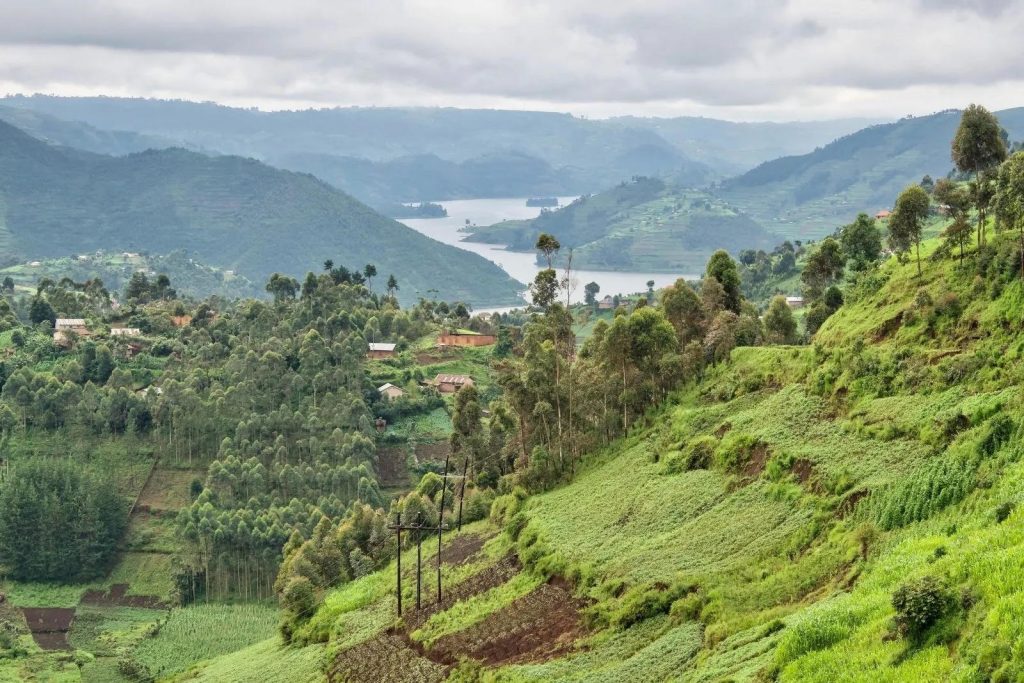Uganda
1. Country Overview
Uganda, located in East Africa, has a population of approximately 45 million people. The economy is primarily based on agriculture, with significant contributions from services, industry, and oil exploration. The capital city is Kampala.
2. Economic Policies
Fiscal Policies
- Revenue Mobilization: Efforts to enhance tax collection and broaden the tax base through reforms and modernization of tax administration.
- Public Spending: Focus on infrastructure, healthcare, education, and social welfare programs to support economic growth and improve living standards.
Monetary Policies
- Inflation Control: The Bank of Uganda uses monetary policy tools to control inflation and maintain price stability.
- Currency Management: Policies aimed at stabilizing the Ugandan shilling and managing foreign exchange reserves.
Trade Policies
- Export Promotion: Initiatives to boost exports, particularly in coffee, tea, fish, and other agricultural products.
- Import Substitution: Encouraging local production to reduce reliance on imports, particularly in manufacturing and agriculture.
3. Sustainable Development
Implementation of the SDGs
- Healthcare (SDG 3): Investments in healthcare infrastructure and services to improve health outcomes.
- Education (SDG 4): Programs to improve access to quality education, particularly in underserved areas.
Balancing Growth with Sustainability
- Environmental Protection: Policies to manage natural resources sustainably and reduce environmental degradation.
- Renewable Energy Projects: Investments in solar and hydroelectric energy to diversify the energy mix and promote clean energy.
Social Equity Initiatives
- Gender Equality: Programs to empower women and girls, including access to education and entrepreneurial support.
- Youth Employment: Initiatives to create job opportunities for the youth through skills training and entrepreneurship programs.
4. Infrastructure Development
Transportation Networks
- Road and Rail Development: Significant investments in expanding and modernizing road and rail networks to facilitate trade and movement of goods and people.
- Port and Airport Upgrades: Enhancing port and airport infrastructure to support international trade and tourism.
Energy Systems
- Power Sector Reforms: Efforts to improve the efficiency and reliability of the power sector through investment in infrastructure and renewable energy projects.
- Rural Electrification: Programs to expand electricity access in rural areas, improving living standards and economic opportunities.
Digital Infrastructure
- Broadband Expansion: Efforts to expand broadband access and improve digital connectivity across the country.
- ICT Development: Promoting the use of ICT in various sectors, including education, healthcare, and government services.
5. Agricultural Development
Agricultural Policies
- Support for Farmers: Subsidies and support for smallholder farmers to boost productivity and income.
- Land Reforms: Policies to improve land tenure security and promote agricultural investment.
Modernization Techniques
- Mechanization: Introduction of modern farming equipment and techniques to increase efficiency and productivity.
- Irrigation Projects: Development of irrigation infrastructure to support agriculture, particularly in arid regions.
Innovations in Agriculture
- Agri-Tech Solutions: Adoption of technology in agriculture, including mobile platforms for market information and precision farming techniques.
- Value Addition: Initiatives to add value to agricultural produce through processing and packaging, enhancing marketability and income for farmers.
6. Industrialization and Urbanization
Industrial Growth and Policies
- Manufacturing Sector Support: Policies to promote industrial growth, including tax incentives and infrastructure development.
- SEZs: Development of Special Economic Zones to attract foreign investment and boost industrialization.
Urbanization Trends and Planning
- Urban Planning Initiatives: Efforts to manage urban growth and improve infrastructure and living conditions in cities.
- Affordable Housing Projects: Programs to provide affordable housing for the growing urban population.
7. Regional Integration
Participation in AfCFTA
- Trade Facilitation: Active participation in AfCFTA to enhance trade within Africa and boost economic integration.
- Regional Cooperation: Collaboration with neighboring countries on trade and infrastructure projects to promote regional development.
Other Regional Initiatives
- East African Community (EAC): Uganda is a key member of the EAC, promoting regional economic integration and cooperation.







